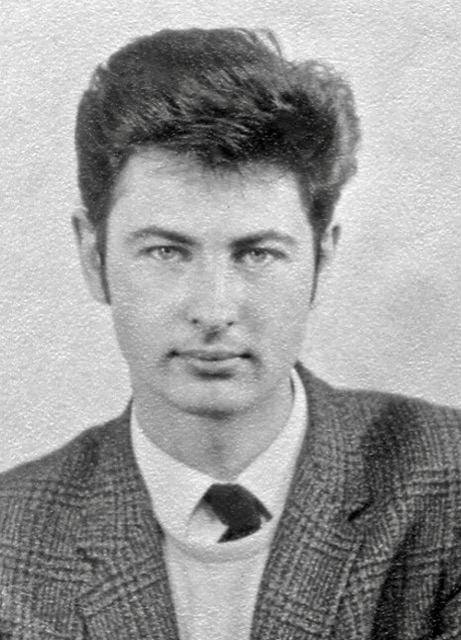 Chris Wilcox's job application photo – March 1968
Chris Wilcox's job application photo – March 1968
By the time you reach pensionable age every anniversary that you celebrate is a big number, and in my case the fiftieth anniversary of my appointment as a Bermuda Police Constable in June 1971 brought about changes in my life that I could never have envisaged back then.
I was raised in Cheshire, England and prior to joining the then Police Force I worked as a Civil Servant for five years in Manchester (a steady but dull job). I enjoyed travel, including hitchhiking holidays in Europe, which were memorable and unpredictable, but not really vacations. I was also fortunate to attend some major sporting events at Wembley such as the World Speedway Championships (1967), the FA and League Cup Finals (1969 and 1970 respectively), plus the Commonwealth Games in Edinburgh (1970), and I was a regular at Manchester City home games.
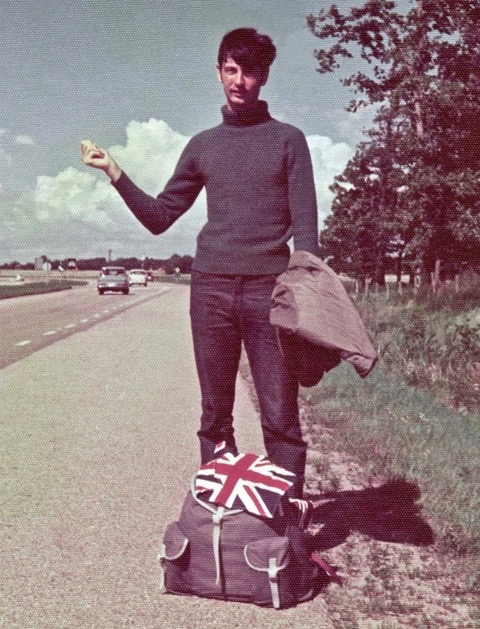
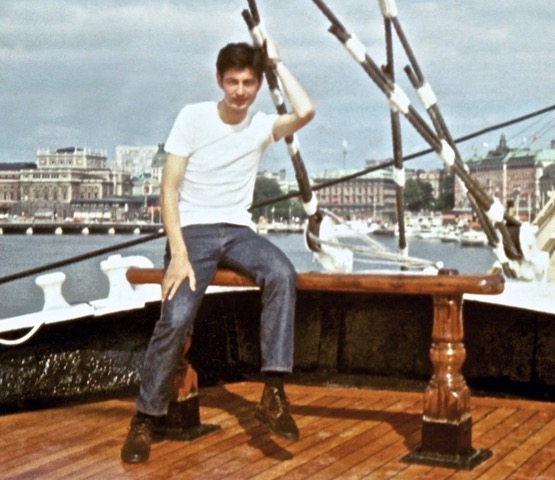
It was a truly different world back then, no cell phones and no computers, people wrote letters (by hand) and most families only had a small black and white TV. You could buy a ticket (seat) for a Beatles, Rolling Stones or Tamla Motown concert (featuring several of their top acts) for less than a pound, and I attended quite a few.
My new colleagues included such characters as Martin Bowe (The Heineken Kid) and Howard D’Olivera, the son of an Italian Countess, neither of whom stayed in the job very long, plus Ben Linton whom we sadly lost in 1991, and Kim Ingemann – one of four Bermudian brothers who were to serve with the then Bermuda Police Force. A further three failed to stay the course and graduate.
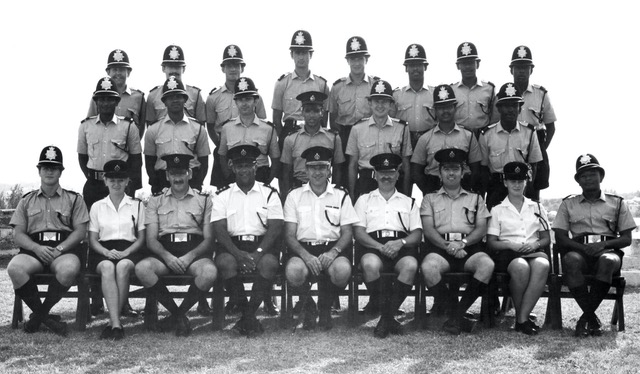

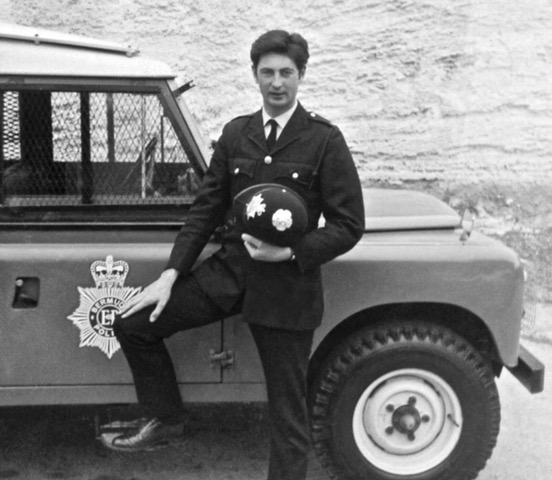
After Passing Out I was posted to Central Division, where I was assigned customary beat duties before serving as a Station Constable and then Divisional Clerk. During this time I also married my Bermudian better half, Marianne, and we’re still going strong after more than forty years.
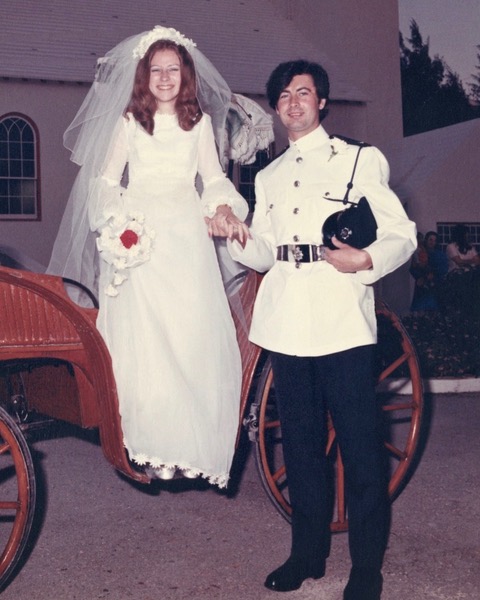
A four-year attachment to Prosecutions followed in 1976, during which time the highly charged murder trials of Erskine “Buck” Burrows and Larry Tacklyn took place, and I found myself seconded for awhile to the Riot Squad, which was based at Prospect.
Using a loudhailer he repeatedly directed the mob to disperse, and when they failed to do so, he ordered us to advance. As we marched up Parliament Street, we banged our shields with our sticks in unison; it created a deafening sound and our would-be antagonists quickly became visibly anxious. To our relief they fell back and we ‘took’ the higher ground. Shortly afterwards we split up into smaller units and took up static positions at strategic road junctions in Hamilton. It proved to be a long 12-hour night; we were repeatedly charged by the mob and we retaliated in turn with volleys of tear gas. Finally after daybreak another Riot Squad Unit relieved us.
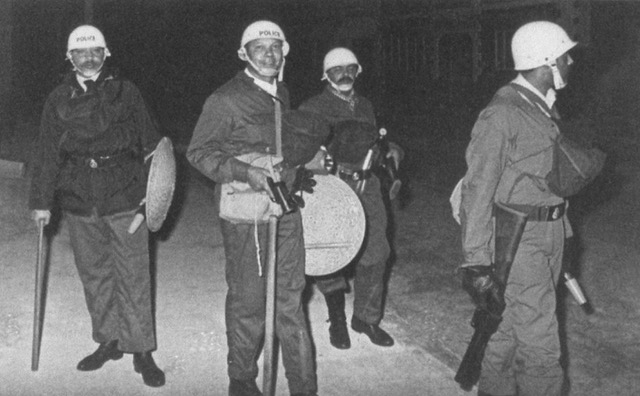
Our Squad returned to duty at Headquarters before 8pm. that same evening and from the Police Club terrace we looked down over Hamilton at the many buildings, which the rioters had looted and set ablaze. It was akin to Nero watching Rome burn, suggested one colleague. Calm and order was finally restored a week later with the help of some very welcome heavy rain showers.
Quite a few colourful characters served in Prosecutions during my tenure including Bryn Jones and Derek Fletcher. None more so than big Mike Parris, who drove a small Fiat car; it had a lawnmower engine and the bodywork was regularly patched up with concrete, so its top speed was less than 30mph.
My new partner was Sergeant Roger Sherratt, an experienced and very enthusiastic officer who gave me a thorough grounding in all aspects of the job, and we developed an excellent working relationship. We visited homes and businesses, staged exhibitions, expanded existing Police initiatives such as ‘U’ Mark, and developed new ones, and we would have undoubtedly achieved much more (in what was a relatively new area of policing for Bermuda) had Roger not been transferred elsewhere some three years later.
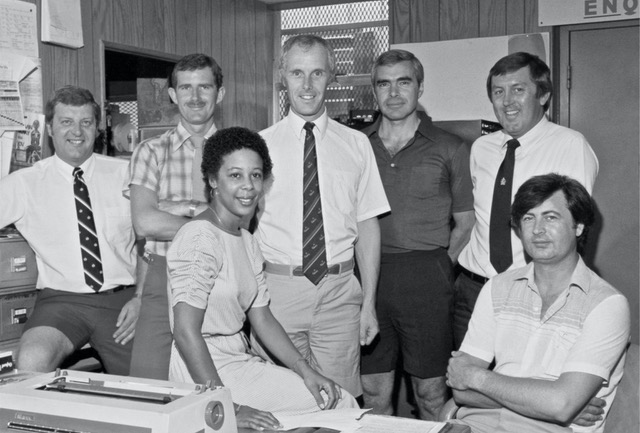
As a CPO I interacted closely with the public and was given licence to introduce programmes such as Neighbourhood Watch (1983), and to produce a cross section of Police advisory leaflets, which were generously sponsored by the business community.
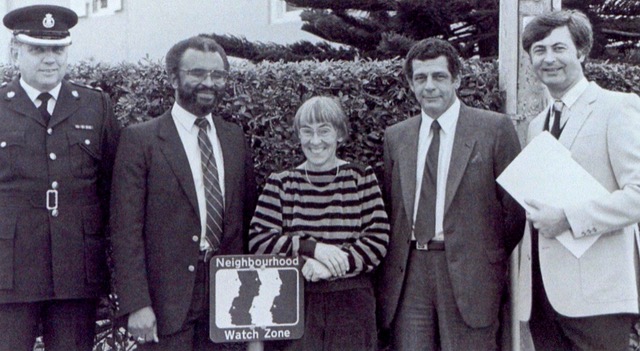
Greg Hopkins, Eddie Davies and myself made up the Crime Prevention Department during the late 1980s, and we occasionally had the services of Cadets who would go out and ‘U’ Mark people’s property - one such excellent Cadet being Larry Mussenden. PCs Darrin Simons and Nigel Richardson superseded Greg and Eddie in the early 1990s, and following a brief merger with Special Branch, Inspector Archie Husbands and PC Paul Wright joined the fold.
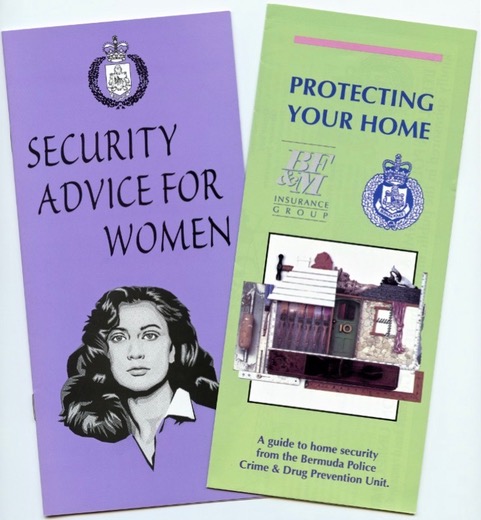
As CPOs we had our own share of interesting and unusual stories, such as the occasion when Assistant Commissioner (Lenny) Edwards called me into his office to address a delicate situation. Earlier that morning CID officers had apparently targeted the wrong house when carrying out a raid and executing a search, and this had left the elderly, single woman occupant somewhat shaken. I was instructed to make contact and visit her residence (being cognizant that her son was a sitting MP) and to offer her home security advice - to deter uninvited people from entering her house in the future. The irony!
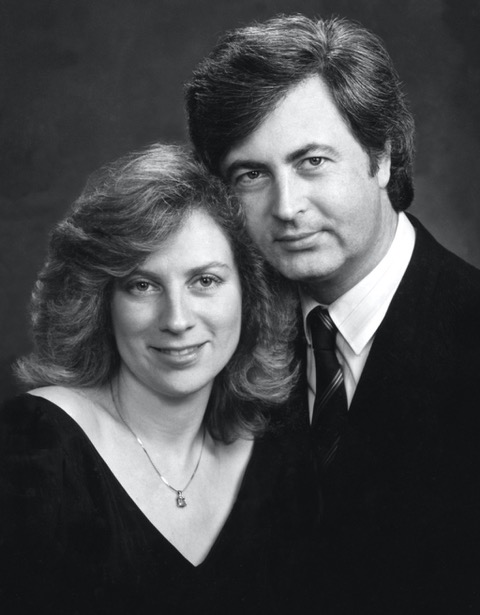
Around this time (the 1990s) I found my services in demand to produce large scale plan drawings of the scenes of major crimes – often murders – to aide both investigating CID officers and trial prosecutors. I would sometimes devote days on the production of a single, large, scale drawing (32” x 40”), only to make a brief five-minute appearance in the Supreme Court witness box when tendering the said drawing in evidence. It was a sign of the times back then that just about every murder or serious violent crime was domestic related and they invariably occurred on the weekend when people generally spent more time together. Gang related murders had yet to arise.
My promotion to Sergeant came late - in 1995, close to my completion of 25 years service - and it was offered to me on the proviso that I served a further 3 years, which I agreed to do.
Gary and myself had a good relationship with the local press, but they became very dependent on our daily bulletins for their major news stories (which they still are to an extent). We would send out our 11am. press release by e-mail. If we hadn’t dispatched one by 11.05am. you could guarantee that the ‘phone would be ringing. How dependent was the Press? Well I recall one particular morning when I had absolutely nothing to report and so there was no press release that day. Sure enough, after 11am. the ‘phone rang. I explained to the anxious reporter on the other end that Bermuda was as quite as a mouse, and I had nothing to report, not even a vehicle accident. “But you must have something,” he said. “Invent something for me; a robbery or a series of break-ins may be!”
 Portrait with our Golden Retriever "Jamie" 1998
Portrait with our Golden Retriever "Jamie" 1998 On my return to the Crime Prevention Unit, we launched the Police Night School programme. The brainchild of then Commissioner Colin Coxall, it was initially wildly popular and attracted a diverse cross-section of the public; teachers, chefs, housewives and even lawyers! Open to the public and free of charge, it was held at the Police Training School one evening each week over a period of several months. Officers from different sections of the Service gave presentations and explained the workings of their particular departments. All went well until the final presentation by SOCO Inspector Howard Cutts, when a woman saw a photograph of her murdered mother and almost fainted. To be fair, everyone had been warned from the outset of the course that officers would be as open as reasonably possible in their presentations, and that some people might hear or come across disturbing images during the course of their talks.
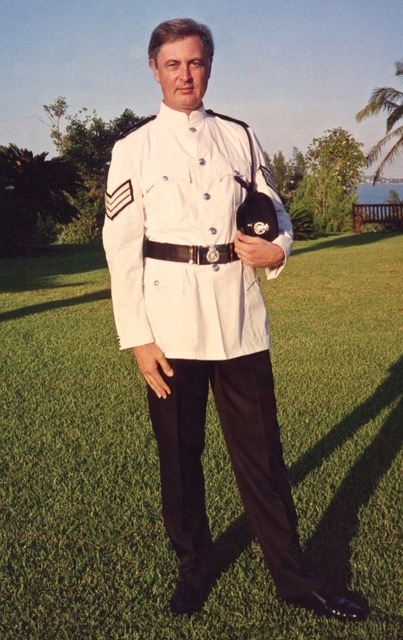
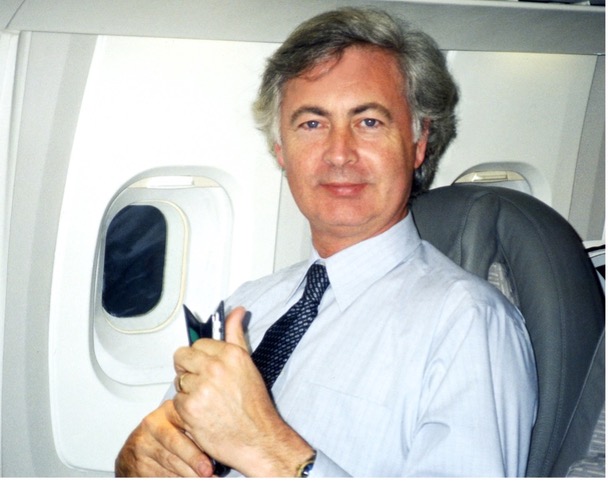 Notching up my Fifty!
Notching up my Fifty!
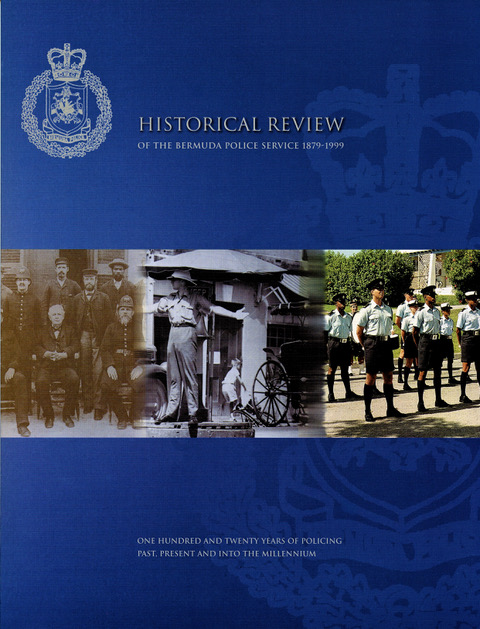 Cover: Historical Review of the
Cover: Historical Review of the
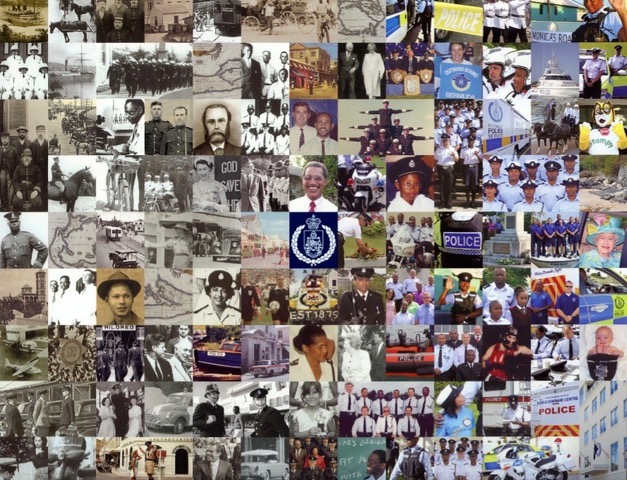 Cover: The History of Policing In Bermuda
Cover: The History of Policing In Bermuda With the turn of the century the Crime Prevention Unit became largely civilianized like many others within the Police Service. My then colleagues Gail Correia and Yvonne Ricca moved on to pastures new, and in came Eric Bean (a former Police Officer himself), Rick Butler and Melinda Benevides, who was also a Bermuda Reserve Constable.
After having conducted over 1,000 property surveys, delivered 500 talks and presentations, written dozens of articles for the Press, helped to stage countless exhibitions and produced a score of advisory brochures (which still appear on the Police website today), I retired from the Bermuda Police Service in July 2003 after 32 years service, twenty-two of which I had spent as a Crime Prevention Officer.
Since we were first married my wife Marianne has made her career in airline management (over 40 years service with British Airways), and we have taken advantage of her airline concessions to travel the world (over fifty countries). Our travels have included ocean and river cruises, safaris, train vacations and independent holidays too, and we’ve experienced just about every form of transportation from a submarine to a hot air balloon, helicopter and 3-seater Cessna to Concorde, and the Japanese bullet train to the Orient Express. Too many great trips and wonderful places to try and single out the best and most memorable, and yes, we still have a few more places on our bucket list to visit.
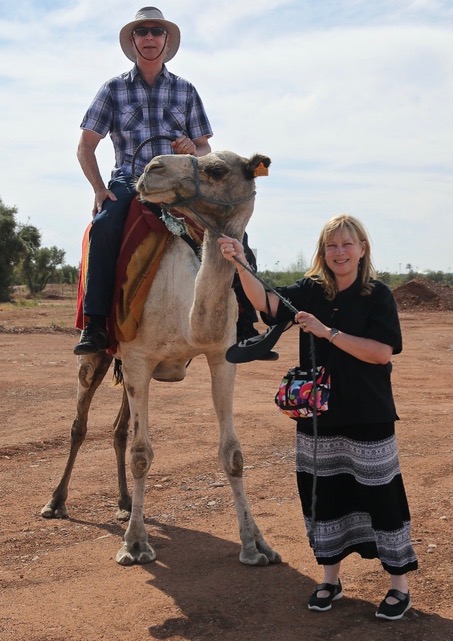
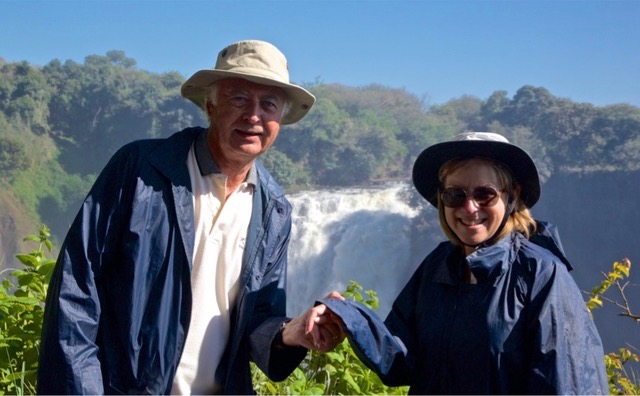
We’ve also been fortunate to attend some amazing sporting events over the past two decades, notably the Wimbledon quarter finals in 1999 (Centre Court), the Commonwealth Games in Manchester 2002, the Olympic Games in London 2012 – where we witnessed Usain Bolt win the 200m final - plus numerous Premier League matches at the Etihad Stadium, Manchester.
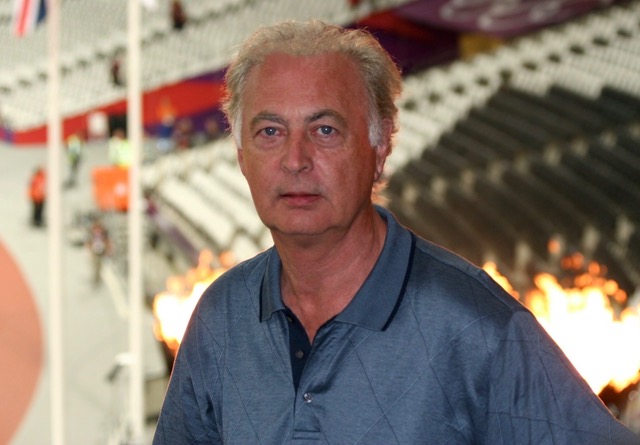
 Panoramic view of the Elbow Beach Hotel property
Panoramic view of the Elbow Beach Hotel property
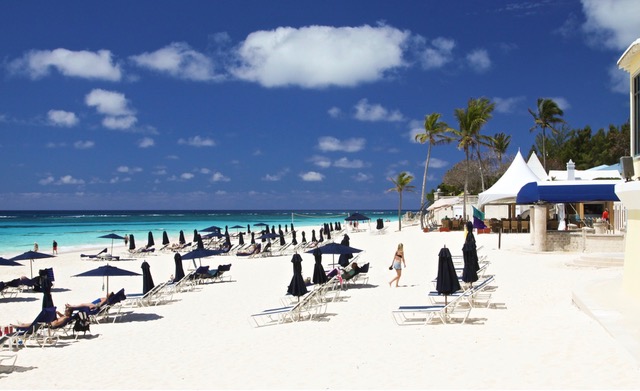
I pocketed a whole new collection of stories from working at Elbow Beach, from the strange to the off-beat to the unexplainable. Take the two Bermudian college students who tried several times to set fire to the men’s beach bathroom below Café Lido (its built of concrete). Then there was the local woman who tried to strangle a Security Officer because she didn’t like his tie, and the American gambler who came to Bermuda with $5,000 in cash, but said that he wasn’t able to find a game ‘down town’. Afterwards he claimed that all his money had been stolen from his room, but he refused to allow Security personnel inside to make a check, and nor did he make a complaint of any kind to either the Hotel or the Police. Perhaps I should collate the most memorable of the Police and Court stories, animal tales and Hotel stories, and publish them all in booklet form?
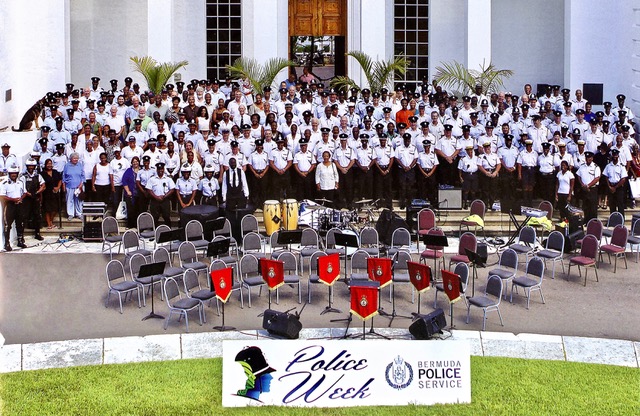 Following a march through Hamilton and an address by Commissioner
Following a march through Hamilton and an address by Commissioner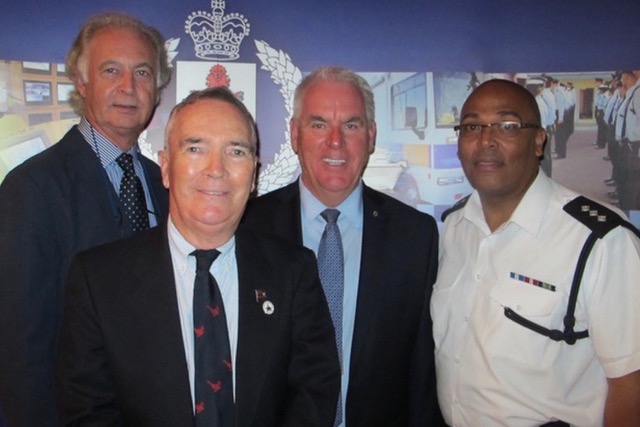 Production team of the Police History book at the PRC launch, June 2015.
Production team of the Police History book at the PRC launch, June 2015.My second book, “Bermuda: Parish By Parish” is a personal compilation of 137 photographs (including aerials), text, coats-of-arms and over 20 maps (published 2017). A single printing of 1,500 hardback books. Sales were good until Covid came along! I’m now working on a third, non-Bermuda related book, which involves a lot of research.
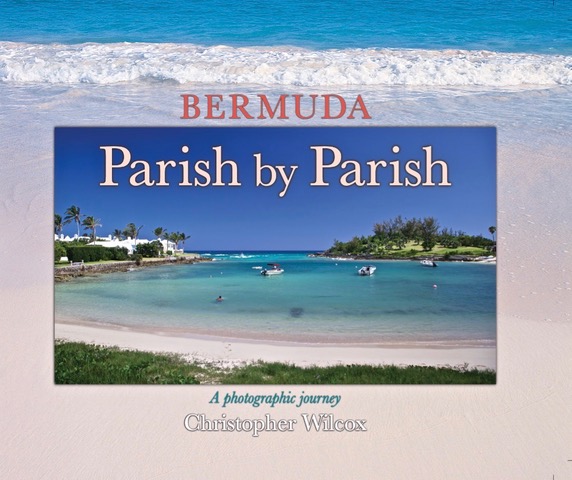
And so to genealogy, which can throw up plenty of surprises the more you delve into your personal family history, and this has been very true in my case. With the help of another family member we’ve traced one branch of our tree (the Peels) all the way back to County Durham a century before the Norman Conquest of 1066. And surprise, I have a direct family link to the Victorian era Prime Minister and ‘Father of Modern Policing’ himself, Sir Robert Peel – he's my 8th cousin 6 times removed.

Peel founded the Metropolitan Police in 1829 and (with others) developed the nine basic principles or foundations, which still govern policing today. According to Peel, the first and the most important principle was “The basic mission for which the police exist is to prevent crime and disorder.” Given my family connection to Sir Robert I was probably always fated to become a police officer, and more specifically a Crime Prevention Officer!